Video of the Week:
Tips for Growing Blueberries
Vegetables:
The Difference Among Determinate, Semi-Determinate, and Indeterminate Tomatoes
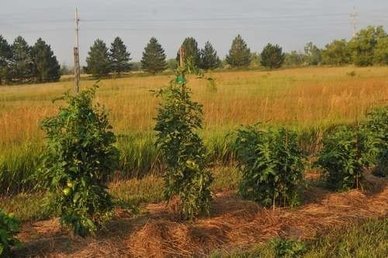
Indeterminate plants are the traditional tomatoes that never stop growing. They are capable of producing fruit throughout the season unless disease stops production or until frost kills the plant. They do best with support as they can reach six feet tall when staked or caged.
Semi-determinate plants are more compact than inderminate types but are also capable of producing fruit throughout the season.
Most of the varieties available to home gardeners are either indeterminate or semi-determinate. Though both are capable of producing fruit throughout the season, our hot Kansas summers often cause a dry spell in production of both types. Tomatoes are less likely to set fruit when night temperatures remain above 75 degrees and day temperatures are above 95. Hot, dry winds make the situation worse.
Gardeners with limited space will likely prefer indeterminate or semi-determinate types to stretch out the harvest season. If there is space, you may want to grow a combination of all three with the determinates used to produce a large harvest for canning or tomato juice and the remainder for fresh eating. (Ward Upham)
More Tomato Trial Information
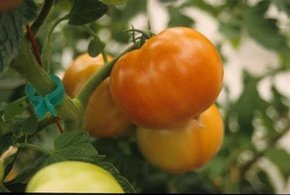
Tomato Fruit/plant Lbs/plant oz/fruit
Celebrity 43.03 22.40 5.80
Dixie Red 17.43 8.96 6.23
Ultrasonic 44.59 16.87 4.60
Summerpick 24.42 13.21 5.81
Defiant 66.68 15.61 2.80
Katana 26.05 9.14 4.37
Mountain Magesty 32.08 15.50 5.76
Jetstar 43.28 13.96 4.09
Chefs Choice 39.38 20.73 5.57
Burrells Special 35.62 13.64 4.44
Celebrity was our standard for determinate or semi-determinate tomatoes. We use Celebrity as our standard as it has proven to be an excellent tomato for years. All listed tomatoes are determinate or semi-determinate except the last three (Jetstar, Chefs Choice and Burrells Special). Celebrity continues to prove itself to be an excellent yielding tomato with more pounds per plant than any other in the trial. Fruit size was also very good with only Dixie Red surpassing it.
The latter three are indeterminate types with Jetstar being the standard. In this case, Chefs Choice produced more pounds per plant than either Jetstar or Burrells Special. Chefs Choice also produced the largest fruit of the three.
Pests:
Fungus Gnats
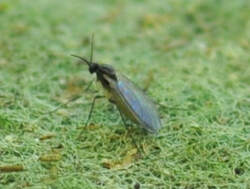
Miscellaneous:
Bringing Houseplants Down to Size
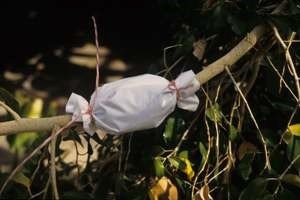
It is best to choose wood that is about 1 year old. Older or more immature wood often roots poorly, if at all. Any place on the stem that is of the proper maturity can be used, but a convenient location is often about 12 inches from the tip. Following are the steps required for air-layering:
* Leaves should be removed around the area to be air-layered.
* Wound the stem. This can be done by making a slanting cut upward, an inch or more in length and halfway through the stem. Place a portion of a toothpick in the cut so it cannot close and heal. If the stem is seriously weakened, use a stick “splint” to prevent breakage. Another method that works well is to strip the bark completely around the stem in a band one-half to one inch wide.
* Apply rooting hormone to the wounded surface of the cut or the stripped portion of the branch.
* Pack a baseball-sized wad of moist, unmilled sphagnum peat moss around the wounded area so it forms a ball. This is where new roots will form. It is important to use the long, stringy unmilled peat moss rather than the more common milled material so peat moss does not fall away from the stem when released. Even unmilled peat moss may need to be secured with string to keep it in place.
* Wrap the ball of sphagnum peat moss with clear plastic wrap. Be sure to use enough wrap so that the plastic overlaps and prevents the ball from drying out. Secure the top and bottom edges of the wrap closed with electrical tape, string or other convenient fasteners.
Roots may appear in as little as a month though it may take much longer for the plant to be ready for transplanting. Check periodically to be sure peat moss remains moist. Water if needed. When roots have filled the peat moss, the plant is ready to be severed from the parent and transplanted. (Ward Upham)
Poisonous Plants
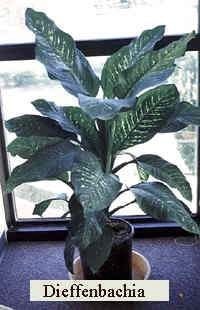
The following poisonous plant list came from various University websites.
Flowers
caladium (all parts)
cardinal flower (all parts)
castor bean (seeds and leaves)
daffodil (all parts)
flowering tobacco {Nicotiana} (leaves and flowers)
four-o-clock (roots and seeds)
foxglove (all parts)
hellebore (all parts)
iris (all parts)
lantana (unripe fruits and leaves)
larkspur {Delpinium} (all parts)
lily of the valley (all parts)
lupine (all parts)
monkshood(all parts)
poppy (all parts except ripe seeds)
snowdrop (bulb)
spurge (milky sap)
star-of-Bethlehem (all parts)
sweet pea (seeds, seedlings, and pods)
tulip (bulbs)
Houseplants Chinese Evergreen anthurium (all parts)
aloe (sap if ingested)
calla lily (all parts)
croton (seeds, leaves, and stems)
crown-of-thorns (milky sap)
dieffenbachia (all parts)
elephant ear (all)
fig (leaves, fruits, and sap)
Jerusalem Cherry (all parts)
mistletoe (all parts)
Philodendron (all parts)
Fruits
apple (bark, leaves, seeds)
pear (bark, leaves, seeds)
apricot (bark, leaves, seeds, pits)
peach (bark, leaves, seeds, pits)
nectarine (bark, leaves, seeds, pits)
plum (bark, leaves, seeds, pits)
cherry (bark, leaves, seeds, pits)
avocado (leaves, unripe fruit, bark, and seeds)
Landscape plants
azalea (leaves and flowers)
black locust (all parts)
Boston ivy (berries)
boxwood (leaves and twigs)
buckeye (leaves, shoots, bark, flowers, and seeds)
burning bush (all parts)
cherry (leaves, twigs, bark, and seeds)
clematis (leaves)
elderberry (roots, stems, bark, leaves, and unripe fruits)
English ivy (all parts)
golden chaintree {Laburnum} (all parts)
holly (berries and leaves)
horsechestnut (all parts)
hydrangea (leaves and buds of some species)
Kentucky coffee tree (seeds, fruit pulp, leaves, twigs)
oak (acorns, leaves, and young shoots of some species)
poison sumac (all parts)
privet (all parts)
rhododendron (leaves and flowers)
Virginia creeper or woodbine (berries)
yew {Taxus} (all parts except the fleshy red cover on the seed)
wisteria (all parts)
Vegetables
potato (green skin, buds, and sprouts on tubers, also fruits and foliage)
rhubarb (leafy blade, not the leaf stalk)
For more information, consult the following references.
Common Poisonous Plants and Mushrooms of North America, Turner and Szcawinski, Timber Press, Inc. ISBN 0-88192-179-3
Potentially Poisonous Plants in the House and Garden, http://www.northcarolinahealth.com/poisonous-house-plants-and-vegetables.php (Ward Upham)
Plants Recommended for Kansas
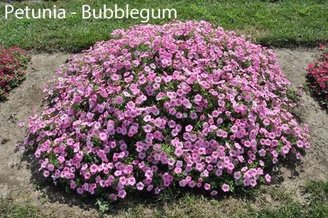
http://hnr.k-state.edu/extension/info-center/recommended-plants/
We also have images of hundreds of the following:
- Varieties of iris, daylilies, roses and peonies found in the University Gardens Collection Gardens at http://www.k-state.edu/gardens/gardens/collections/
- Annual flowers recommended for Kansas at http://www.prairiestarflowers.com/Prairie_Star_nav.html
- Perennial flowers at http://www.prairiestarflowers.com/Prairie_Bloom_nav.html (WardUpham)
Contributors: Ward Upham, Extension

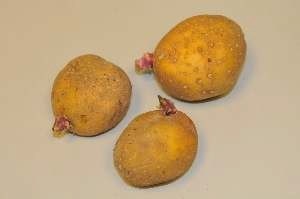
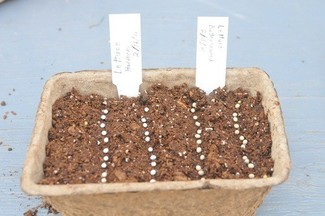
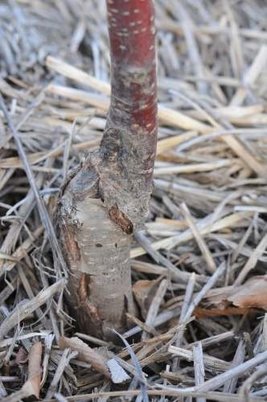
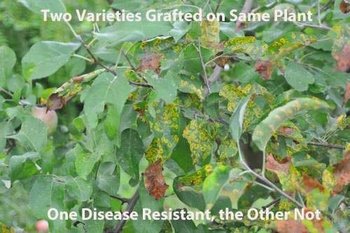
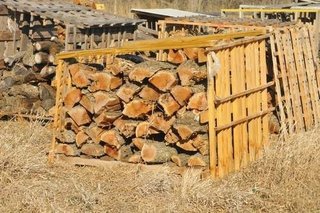
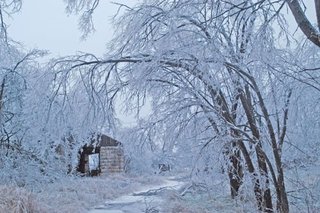
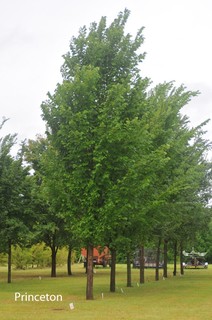
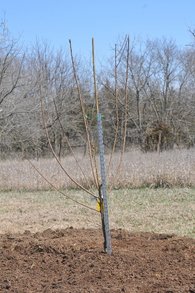
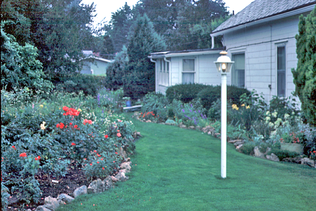
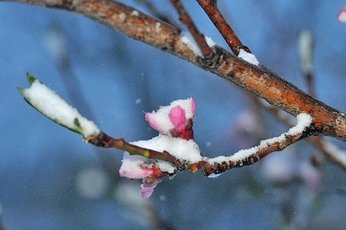
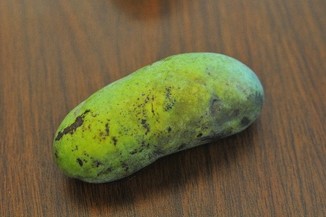
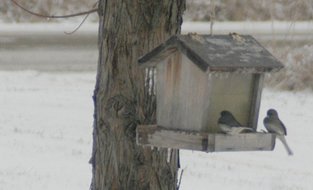

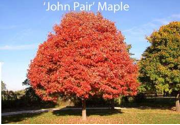
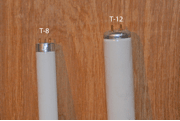
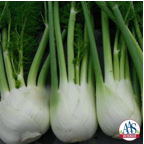
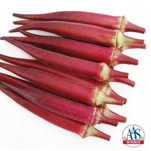
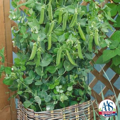
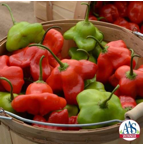
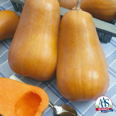

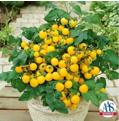
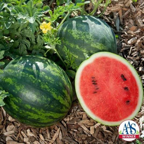
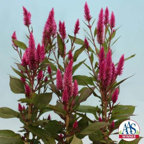
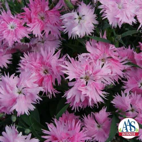
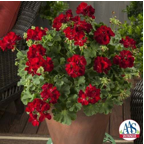
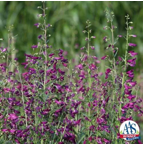
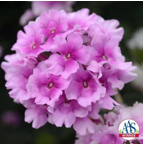
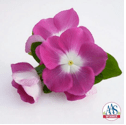
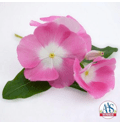
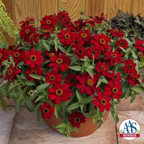
 RSS Feed
RSS Feed
